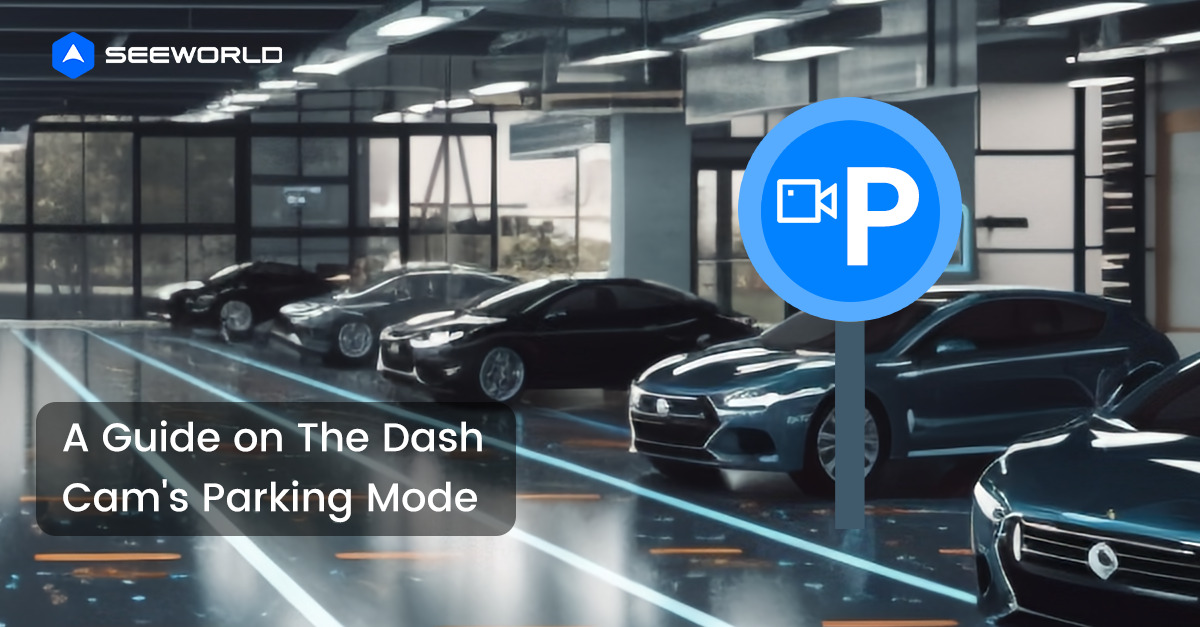Introduction
Managing a fleet of vehicles efficiently is essential for businesses in various industries, from logistics and transportation to construction and delivery services.
Organizing your fleet vehicles not only improves operational efficiency but also enhances safety, reduces costs, and ensures optimal utilization of resources.
Whether you’re overseeing a small fleet or a large-scale operation, implementing effective organizational strategies can streamline operations and boost overall productivity. In this guide, we’ll explore practical tips to help you organize your fleet vehicles effectively.
Implement a Centralized Management System
Investing in a centralized management system is crucial for overseeing your fleet vehicles comprehensively. Utilize fleet management software that provides real-time tracking, maintenance scheduling, fuel management, and driver monitoring functionalities.
These systems enable you to access vital information about each vehicle, including its location, fuel consumption, mileage, and maintenance history, from a single dashboard. By centralizing your fleet management tasks, you can make informed decisions, optimize routes, and identify areas for improvement more efficiently.
Develop a Maintenance Schedule
Regular maintenance is essential for keeping your fleet vehicles in optimal condition and minimizing the risk of breakdowns or accidents. Create a proactive maintenance schedule that includes routine inspections, oil changes, tire rotations, and other preventive measures.
Implementing a structured maintenance program helps extend the lifespan of your vehicles, reduces unexpected repair costs, and enhances overall safety on the road. Utilize your fleet management software to track maintenance schedules, set reminders, and monitor service history for each vehicle.
Optimize Route Planning
Efficient route planning is key to maximizing productivity and reducing fuel consumption for your fleet vehicles. Utilize route optimization software to plan the most cost-effective and time-efficient routes for your drivers.
Consider factors such as traffic patterns, delivery schedules, and vehicle capacity when planning routes.
By minimizing idle time and reducing unnecessary mileage, you can improve fuel efficiency, reduce carbon emissions, and enhance customer satisfaction. Encourage drivers to adhere to planned routes and provide them with real-time updates or alternative routes when needed.
Implement Driver Training Programs
Invest in comprehensive driver training programs to promote safe and responsible driving practices among your fleet drivers.
Provide training on defensive driving techniques, vehicle maintenance procedures, and compliance with traffic regulations. Emphasize the importance of vehicle inspections, proper load securing, and adherence to safety protocols.
By equipping your drivers with the necessary skills and knowledge, you can minimize the risk of accidents, reduce insurance premiums, and maintain a positive reputation for your business.
Utilize GPS Trackers for Real-Time Monitoring
Integrating GPS trackers into your fleet management strategy offers invaluable benefits for real-time monitoring and optimization.
These devices provide accurate location tracking, allowing you to monitor the whereabouts of each vehicle in your fleet at any given time.
With GPS data, you can optimize routes, reduce idle time, and respond promptly to unforeseen circumstances such as traffic congestion or vehicle breakdowns.
Furthermore, GPS trackers enable you to enhance security measures by deterring theft and unauthorized use of fleet vehicles.
By leveraging GPS technology, you can improve operational efficiency, enhance driver accountability, and ensure timely delivery of goods and services to your customers.
Conclusion
Organizing and managing a fleet of vehicles is a multifaceted task that demands careful planning, strategic implementation, and ongoing vigilance.
By integrating advanced technologies such as fleet management software, GPS trackers, and telematics systems, businesses can streamline operations, enhance safety, and optimize resource utilization.
From developing proactive maintenance schedules and optimizing route planning to implementing driver training programs and utilizing GPS trackers for real-time monitoring, every aspect of fleet management plays a crucial role in achieving operational excellence.
Why SEEWORLD
SEEWORLD is a global dynamic IOT location service provider.
It always focuses on LBS, CMP, OTA, and industry SaaS integrated cloud services to provide customers with a comprehensive, one-stop global dynamic IoT location services total solution to fully facilitate the digital transformation of traditional industries and SEEWORLD ecological synergy.
Its business includes auto finance, two-wheeled electric vehicles, new energy vehicles, smart delivery and logistics, smart sanitation, car rental, smart campus, and other parts of the vehicle’s telematics.
So far, our business covers more than 170 countries and regions in Asia-Pacific, America, Europe, Middle East and Africa, and has exported more than 10 million sets of equipment.



